How family perspectives could improve clinical trials
Asking people with autism and their families about the challenges they face could help researchers test treatments for the condition.
Conversations with experts about noteworthy topics in autism.
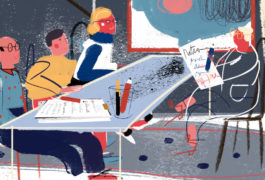
Asking people with autism and their families about the challenges they face could help researchers test treatments for the condition.
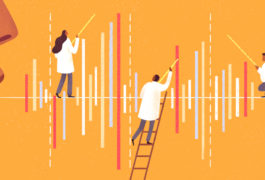
Adults who have autism speak with unusual emphases and tone, but their speech still conveys the intended emotions.
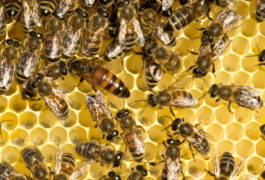
Honey bees that fail certain social tests have genetic profiles similar to those of people with autism.
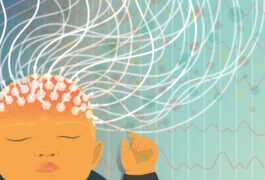
An epilepsy drug may prevent seizures in infants with tuberous sclerosis and alleviate their autism features, says Martina Bebin.

A new ‘knowledge engine’ collects reams of behavioral and sensory data to create highly sensitive outcome measures for autism drugs.

A team of researchers is stepping out of the lab and into the community to recruit African-Americans for studies on the genetics of autism.
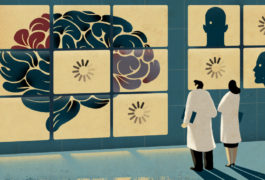
Despite the completion of hundreds of imaging studies in people with autism, researchers have yet to find features that distinguish people with the condition.
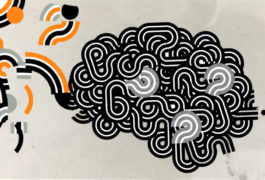
Instead of simply listing sex differences in the brain, researchers should consider how sex interacts with other factors to affect the brain, Joel says.
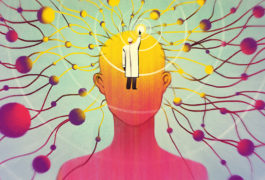
The new director of the National Institute of Mental Health says work on brain circuits may yield treatments for autism.
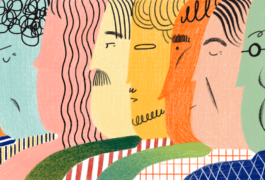
Male scientists typically dominate speaker lineups at conferences. The skewed gender ratio stunts women’s careers — and progress in science.






